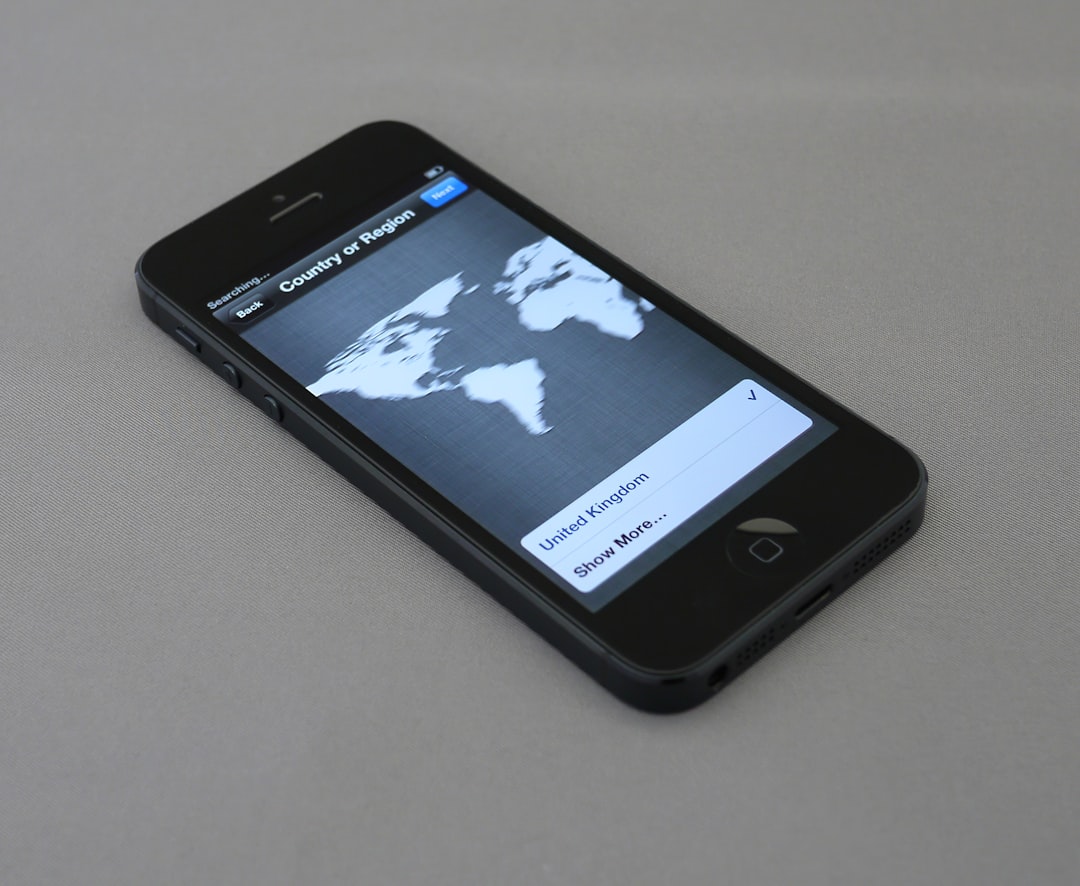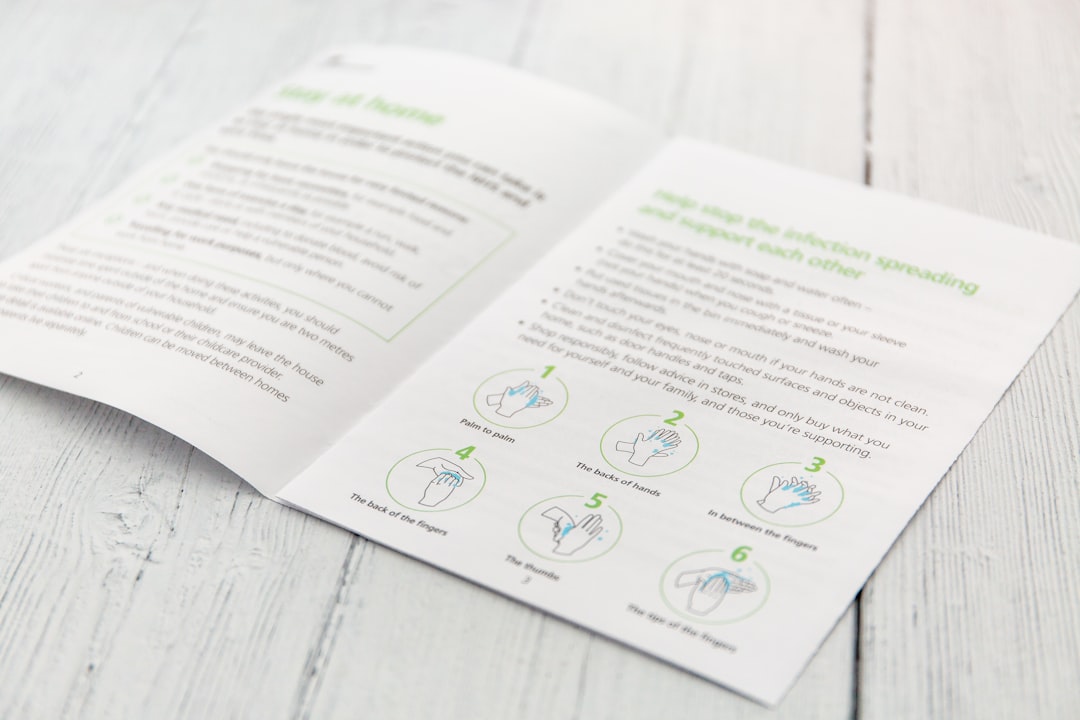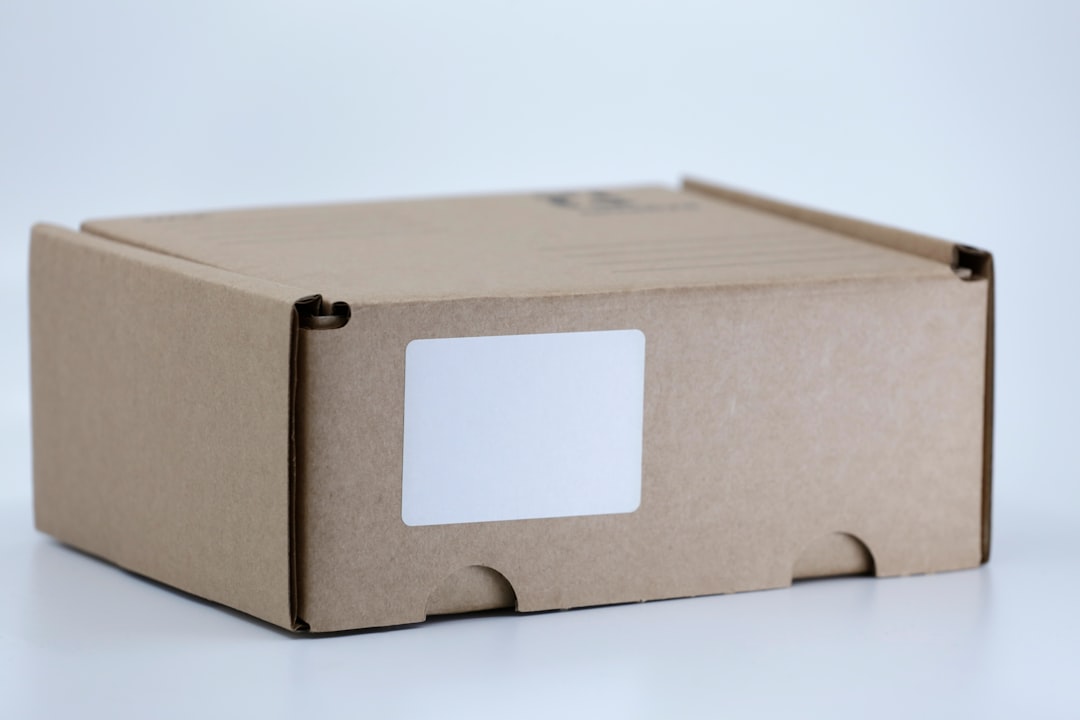Subscription Retention on Shopify with Recharge
Boost subscription retention on Shopify with onboarding offers, skip or pause UX, and save‑flows using Recharge or Skio. Benchmarks, templates, and how‑tos.

Narayan Chaudhary
Narayan Chaudhary
February 9, 2025

Subscription Retention on Shopify: Onboarding Offers, Skip or Pause UX, and Save‑Flow Automations with Recharge or Skio
Acquisition keeps getting pricier, which is why top Shopify sellers we study inside Byte & Buy obsess over retention mechanics you can set up in a week. This playbook breaks down onboarding offers that compound lifetime value, the skip or pause UX that prevents needless churn, and high converting save‑flows using Recharge or Skio. Members get ready‑to‑ship templates and real store benchmarks. If you want the full kit, unlock access on Byte & Buy or head straight to Upgrade.

The data case for building retention first
Two things drive most subscription losses on Shopify: avoidable cancels and failed renewals. In its latest industry study, Recurly reports a median churn rate of 4.1 percent and shows that recovery tactics saved 72 percent of at‑risk subscribers, adding a median 141 days of extra life after a recovery event. The same report notes a 49 percent median dunning recovery rate and that merchants recovered 254 million dollars through dunning in 2023. Recurly also highlights how flexibility reduces cancels, since 39.7 percent of merchants enabled pause and more than 400,000 subscriptions were suspended instead of canceled in 2023 according to the State of Subscriptions PDF.
Payment recovery is not just a billing feature, it is a revenue lever. Stripe’s research found that when a monthly subscription is recovered it typically lasts another seven months on average, and their revenue recovery tools saved 57 percent of failed payments in 2023. That compounding effect is why your retention roadmap should start with prevention, then recovery, then winback.
Onboarding offers that raise retention instead of just conversion
Your first offer sets the renewal trajectory. Deeper up‑front discounts can backfire if customers feel they overbought or if the step up to full price feels abrupt. Trials and add‑ons can help. Recurly’s benchmarks show a median 50 percent trial‑to‑paid conversion in 2023, with trials of seven days or fewer converting best. They also observed 2.2 billion dollars in incremental revenue from add‑ons where subscribers personalize plans.
Practical moves to test this week:
Use a modest first order incentive paired with a value lock. For example, 15 percent off first order and 10 percent forever, clearly framed in your PDP and checkout microcopy. Our bite‑size headlines in Checkout copy that converts show how to position it succinctly.
Bundle toward the average reorder cadence to prevent early surplus. Pricing ladders and anchors from our 2025 DTC Pricing Playbook map nicely to subscribe and save.
If you run content or community products, keep trial length at or under seven days and add a clear next‑value moment before day five. For fast landing page sprints, see Figma to Framer in 48 hours.
Skip or pause UX that stops unnecessary cancels
When customers try to cancel because they have too much product or will be away, the right alternative can save the relationship. Shopify gives you the baseline controls to handle retries and post‑failure actions. As Shopify’s Subscriptions app settings explain, you can set retry counts and choose to skip, pause, or cancel after retries fail, with notifications to the customer.
Recharge bakes retention options directly into the cancellation flow. Their guide on Customer cancellation and retention strategies shows how to present customized reasons with incentives like Apply discount, Skip next charge, Delay subscription, or Swap product, plus a dedicated pause option surfaced when the customer selects Cancel. Skio offers similar control, and its Pause feature supports temporary or indefinite pauses, while the Cancel Flow best practices add actions such as Edit shipping frequency, Offer gift, or Contact support.
If you want to sweeten the save, Shopify’s subscription contracts documentation clarifies that apps can apply manual cancellation discounts on a subscription contract, which is perfect for a one‑time keep offer without permanently eroding price.

Save‑flow automations that convert cancel intent into retained revenue
The best save‑flows map a customer’s reason to a single clear action. Skio’s guide lists the common cases, for example:
Too much product maps to Skip, Change next order date, Delay, or Pause.
Price sensitive maps to a targeted Discount tier.
Taste or fit maps to Swap product.
Recharge’s retention setup takes the same approach with reason‑based incentives. Pair that with a multi‑step flow: start with the lowest cost alternative, then escalate to a one‑time discount, then offer a swap, and finally a pause. This sequencing keeps margin while respecting intent.
About compliance and UX friction: The FTC announced a final Click‑to‑Cancel rule in 2024 intended to make canceling as easy as signing up. In July 2025, the Eighth Circuit vacated the rule, as covered by law firms like Latham & Watkins. Even without a federal mandate, simple online cancellation with optional alternatives remains the best practice. It reduces complaints and does not prevent you from offering a friendly pause or discount before the final confirm.

Your churn model and member templates
Here is the framework we see winning across DTC:
Capture reason. Make it quick. If they click Other, give a paragraph field.
Offer one relevant alternative. Do not overwhelm. The choice should mirror the reason.
Personalize the incentive. For high value or high cycle customers, use a slightly stronger discount. Skio supports conditions like number of cycles and subscription value to tier offers. Recharge supports targeted codes that apply only to the next order.
Confirm and reassure. Show new next order date, the applied discount, or the swapped item. Follow with an email and a reminder before the next cycle.
Members can download our copy blocks, retention survey schema, and Recharge or Skio configuration JSON in the library. Get access via Upgrade, then save the article to your Bookmarks for quick reruns.
Implementation checklist
Install or audit your subscription app. If you are just starting, launch on Shopify for native subscription primitives and a mature app ecosystem.
Turn on skip, pause, and swap in your customer portal. Recharge and Skio both support this from settings.
Build a 3‑step save‑flow. Start with a schedule change, then a one‑time discount, then a pause. Keep the final Cancel easy to find.
Tighten dunning. Retry smartly and email customers before the card expires. Stripe and Recurly both show meaningful recovery from automated retries and updates, as seen in Stripe’s research and Recurly’s benchmarks.
Fix the words that sell the save. Use crisp microcopy informed by our Checkout copy and PDP patterns guides.
If international growth is on deck, use localized value props and payment options that reduce renewal friction. Our guides to Shopify Markets localization and Collection SEO help ensure subscribers find, understand, and stick with you. For funnel elasticity, consider preorders without cannibalization and shoppable channels like TikTok Shop that are now feeding many subscription top‑of‑funnels.

Members can log in to access editable Figma files, Klaviyo flow examples, and anonymized store data in this article’s resources. Head to Sign in or Sign up. If you hit a gated page, you will see Access denied. Already a buyer, manage your details in Account.